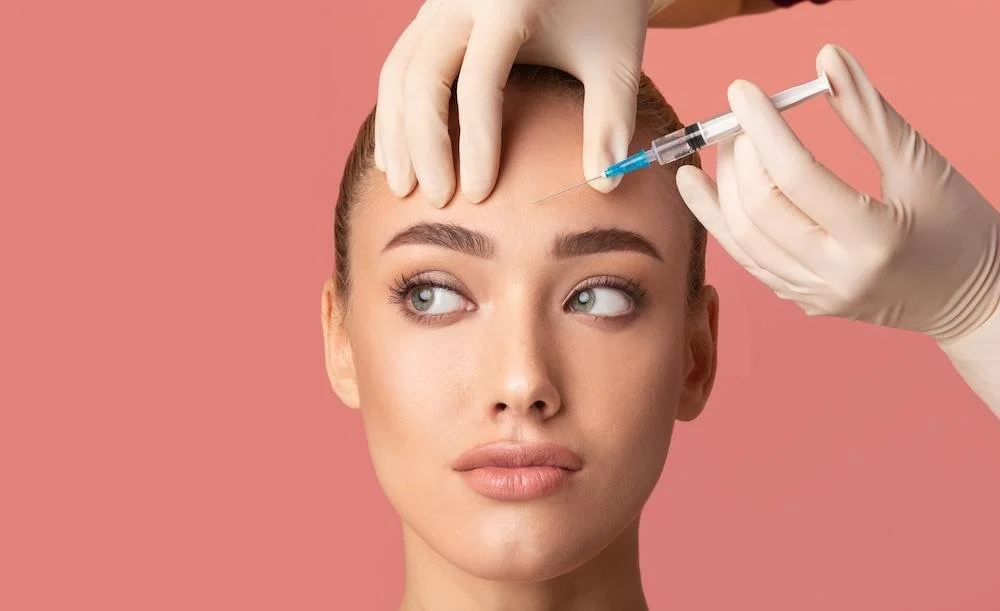Botox in Encinitas & Carlsbad, CA
Safely smooth facial wrinkles with our expert trained elite level providers for a more youthful complexion.
Botox: The world’s most popular cosmetic injectable
The world of botulinum toxins can seem daunting, but with the right information, you can make informed decisions about which product is right for you. In this comprehensive guide, we’ll explore the differences between Botox (onabotulinumtoxinA) , Dysport/Azzalure (abobotulinumtoxinA) & Xeomin, including their benefits, risks, and insurance coverage. Whether you’re considering botulinum toxin injections for cosmetic reasons or to address a medical condition, this guide will provide valuable insights and help you navigate the complex landscape of these powerful treatments.
Introduction to Botulinum Toxins
Botulinum toxin, a highly potent neurotoxic protein produced by the bacterium Clostridium botulinum, has been harnessed for a variety of medical and cosmetic purposes. Botox treatment, derived from Botulinum toxin, works by temporarily inhibiting muscular activity, which can diminish skin wrinkles and assist with the management of various medical conditions, such as eyelid spasms and certain types of migraine. The substance acts by inhibiting the release of the neurotransmitter acetylcholine from axon endings at the neuromuscular junction, resulting in flaccid paralysis. Specifically, botulinum toxin types A and B are known to be capable of inducing illness in humans and are also used for commercial and medical purposes, based on clinical trials and research.
Navigating the Benefits & Risks of Botox Injections
Botulinum toxin injections have become increasingly popular for cosmetic treatment, targeting facial wrinkles caused by muscle contractions. The Food and Drug Administration (FDA) has approved botulinum toxin injections for various medical and cosmetic uses, ensuring their safety and efficacy when administered by qualified healthcare professionals. As with any treatment, botulinum toxin injections carry potential risks and side effects. Awareness of these risks and necessary precautions when receiving botulinum toxin injections is pivotal. Consulting one of our expert providers at our Encinitas or Carlsbad CA Med Spa before undergoing treatment can help ensure that your individual needs and safety concerns are addressed. Botox injections are utilized to reduce the appearance of wrinkles on the face, address neck spasms, control sweating, treat overactive bladder, correct lazy eye & mitigate the occurrence of migraines.
Botox (onabotulinumtoxinA): The Gold Standard
Botox, the most popular botulinum toxin, has become the gold standard for both Botox Cosmetic and medical purposes. Its widespread usage can be attributed to its effectiveness in reducing the appearance of wrinkles and treating various medical conditions, such as chronic migraines, hyperhidrosis (excessive sweating), muscle spasms, and urinary incontinence.
Botox injections are primarily used to relax the facial muscles that create frown lines and other facial wrinkles, resulting in a smoother and more youthful appearance. Healthcare professionals administer Botox via a thin needle, injecting tiny amounts into the skin or muscles to treat conditions like chronic migraine and cervical dystonia. The procedure is generally well-tolerated, with most people reporting minimal discomfort during the treatment. Regular Botox treatments every three to six months can help to maintain the reduction of forehead lines and other wrinkles.
Before & After Results

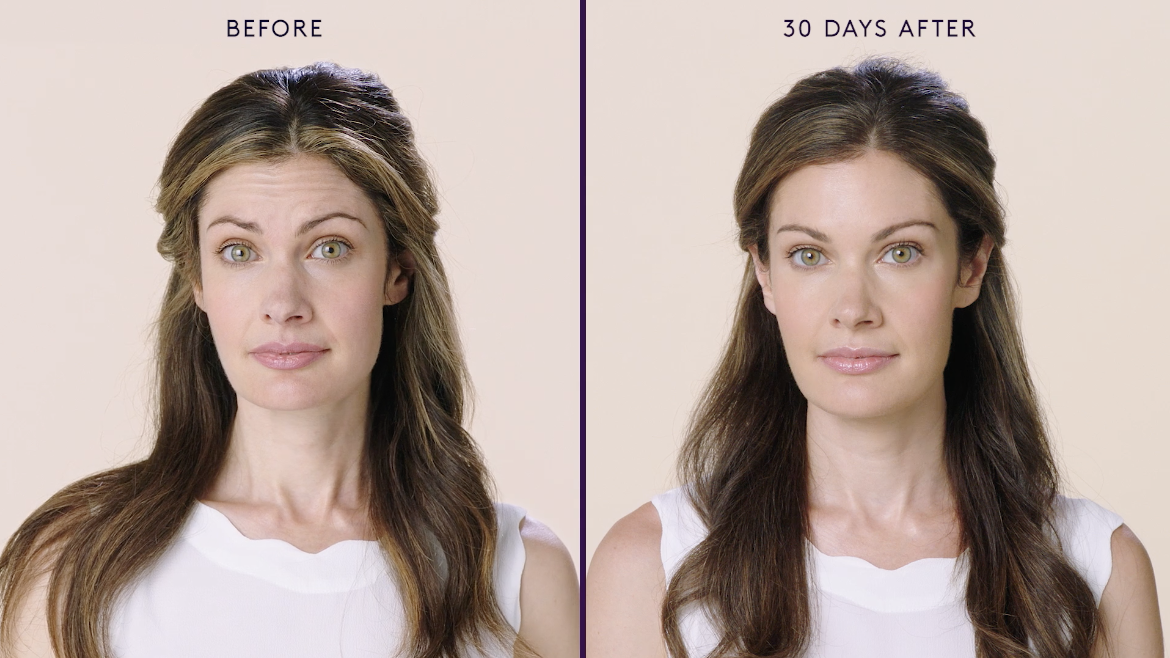
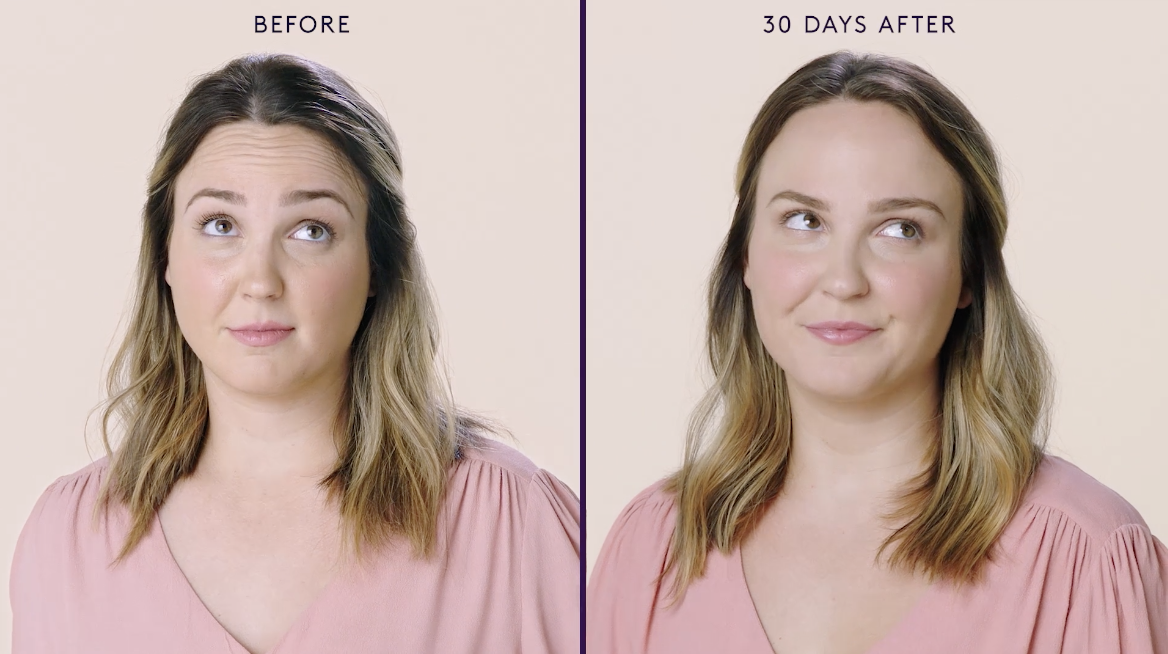
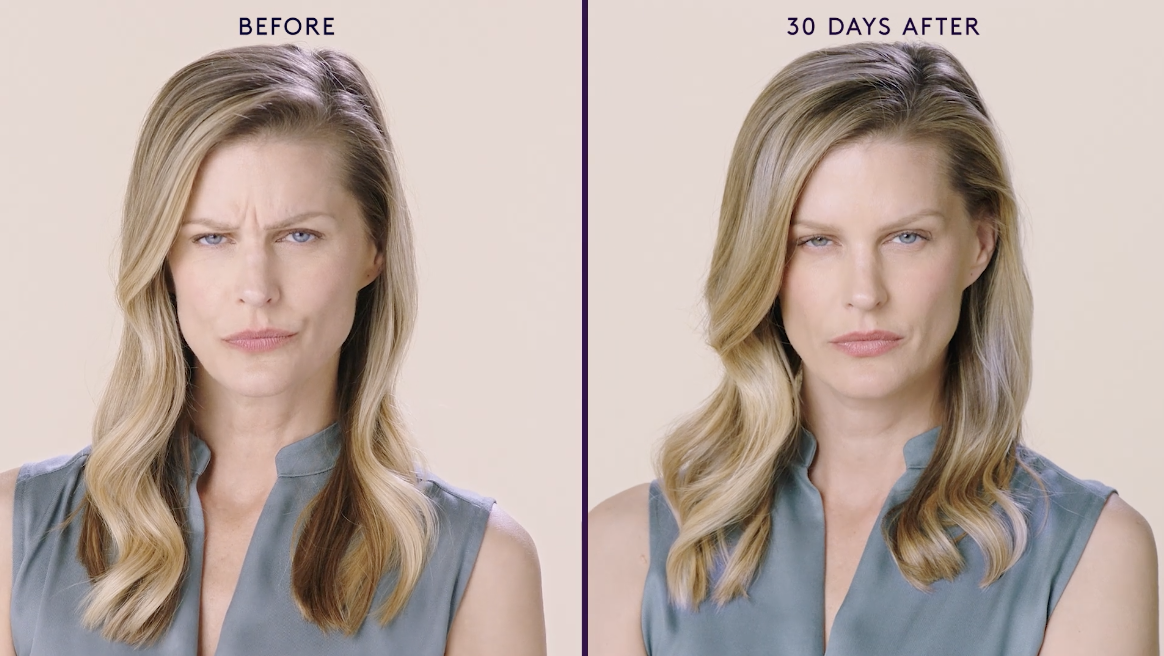
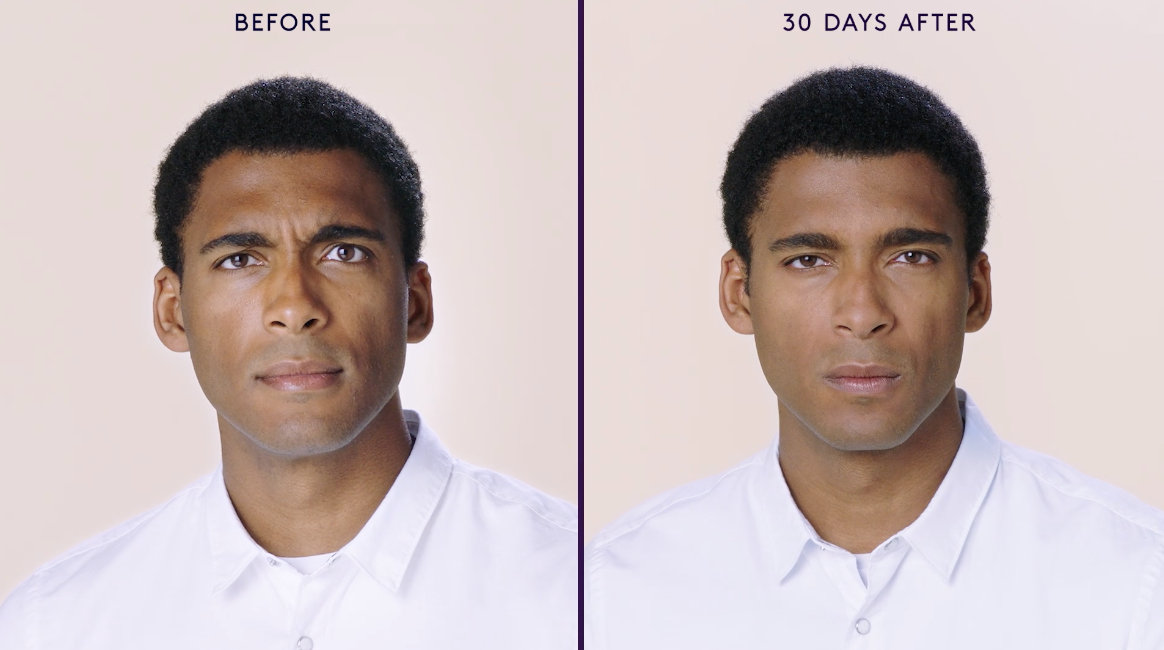
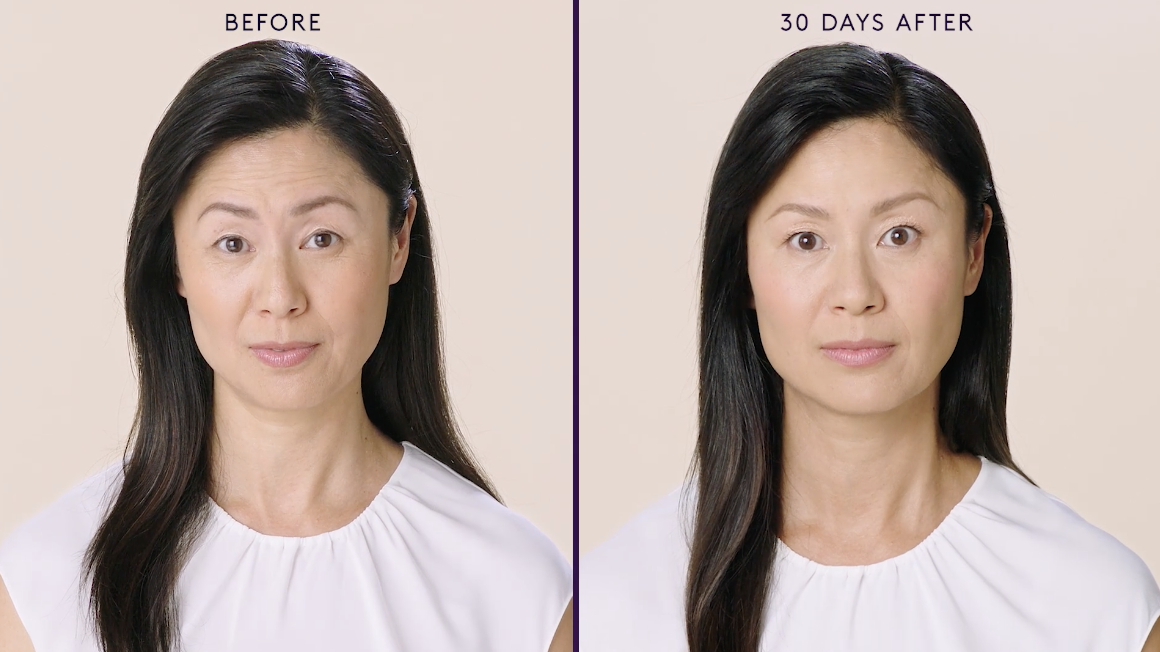
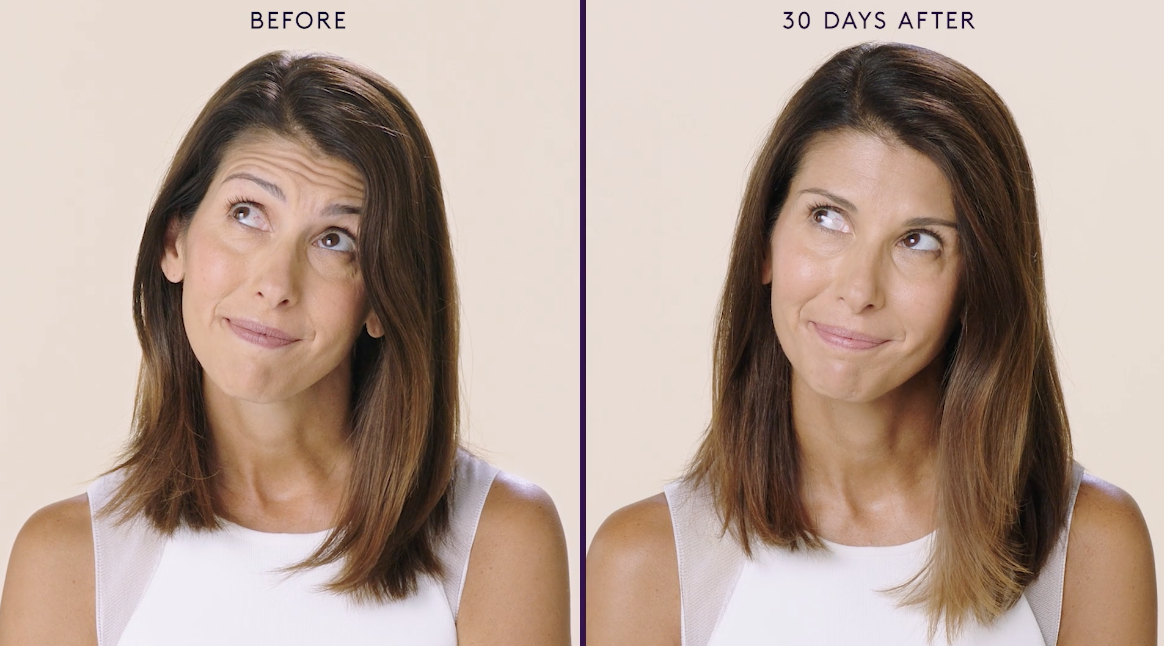
Proven Benefits of Botox
Botox offers numerous benefits, ranging from cosmetic improvements to the treatment of certain health conditions. One of its primary advantages is its ability to reduce wrinkles, as Botox works by temporarily inhibiting the muscles that contribute to the formation of wrinkles, allowing the skin to relax and appear smoother. This can result in a significant reduction in the appearance of wrinkles, including crow’s feet and forehead lines, boosting both self-confidence and overall satisfaction with one’s appearance.
In addition to its cosmetic applications, Botox has been proven effective in treating various medical conditions, such as chronic migraines, hyperhidrosis, and muscle spasms. For example, Botox works by entering nerve endings and inhibiting the chemicals responsible for pain transmission, offering relief to those suffering from migraine headaches. Most individuals report positive outcomes after the second or third appointment, demonstrating the effectiveness of Botox in addressing these medical issues.
Despite its numerous benefits, keep in mind that Botox is not a permanent solution. The effects of Botox generally last for three to six months, after which additional treatments may be necessary to maintain the desired results. Consulting a healthcare professional can help determine the appropriate treatment plan and frequency for each individual, ensuring the best possible outcomes.
Potential Risks and Precautions with Botox
While Botox injections offer a range of benefits, they also carry potential risks and side effects. Some of the most common side effects include loss of strength or general muscle weakness, vision problems, dizziness, bruising and pain at the injection site, flu-like symptoms, headache, and nausea. More severe complications, although rare, can include allergic reactions, infection, or temporary facial changes.
Minimizing these risks involves:
Ensuring that a qualified and experienced healthcare professional administers Botox injections
Following all instructions given by the healthcare provider, including any post-injection directions, such as refraining from rubbing or massaging the treated areas for 24 hours and remaining in an upright position for 2 to 4 hours after the injections
Being aware of potential side effects and seeking medical attention if any of these occur
Following these steps can help ensure a safe and successful treatment experience.
Certain precautions should also be taken before receiving Botox injections. For example, individuals taking blood thinners should consult their healthcare provider and may need to stop taking these medications several days prior to the injection to reduce the risk of bleeding or bruising. Before undergoing a botulinum toxin injection, make sure to inform your healthcare provider of any existing medical conditions, medications, or allergies.
Frequently Asked Questions
What is Botox®?
Botox® is a brand name for a type of botulinum toxin (Botulinum toxin type A) that is used medically to treat certain muscle spasms and cosmetic conditions, such as wrinkles and fine lines.
How does Botox® work?
Botox® works by blocking the transmission of nerve impulses to the muscles, which temporarily paralyzes the muscles and reduces their movement. This results in the smoothing of wrinkles and fine lines in the treated area.
Is Botox® safe?
Botox® is a safe and effective cosmetic treatment when performed by a qualified healthcare provider. The FDA has approved Botox for cosmetic use, and millions of people have received Botox® treatments with no major complications.
What areas can be treated with Botox®?
Botox® is commonly used to treat the wrinkles and fine lines around the eyes (crow’s feet), forehead, and between the eyebrows (frown lines). It can also be used to treat wrinkles on other parts of the face and neck, and for medical conditions such as excessive sweating and muscle spasms.
How long does a Botox® treatment take?
A Botox® treatment typically takes only 10-15 minutes.
Is there any downtime after a Botox® treatment?
There is minimal downtime after a Botox® treatment. You may experience some redness and swelling at the injection site, but these side effects usually resolve within a few hours.
How long does Botox® last?
The effects of Botox® typically last for 3-6 months. After this time, the muscles will start to regain their movement, and the wrinkles and fine lines will start to reappear.
Is Botox® painful?
Botox® injections are usually done with a very fine needle, and the injections themselves are relatively painless. Some people may experience a slight stinging or burning sensation during the injections, but this is usually minimal and short-lived.
Can Botox® be combined with other cosmetic treatments?
Yes, Botox® can be combined with other cosmetic treatments, such as dermal fillers, laser treatments, and chemical peels, for a more comprehensive rejuvenation effect.
What should I expect after a Botox® treatment?
After a Botox® treatment, you should avoid lying down or rubbing the treated area for at least 4 hours. You may also experience some mild redness and swelling at the injection site, but these side effects should resolve within a few hours. The full effects of the Botox® treatment will become visible in 3-7 days.
Who should not receive Botox® injections?
Botox® is not recommended for women who are pregnant or breastfeeding, people with certain neurological disorders, and people with a known allergy to Botox® or any of its ingredients. It is important to discuss your medical history and any current medications with your healthcare provider before receiving Botox® injections.
What exactly does Botox do?
Botox injections block certain chemical signals from nerves, causing the muscles to relax and reducing unwanted wrinkles. Effects usually last 3–6 months, making it a safe and effective way to reduce facial wrinkles. Millions of people have undergone treatment with this injectable since its inception in the early 2000s.
How long does Botox usually last?
Generally, Botox injections last 3-4 months before a repeat treatment is necessary to maintain the desired results. Factors such as skin type, facial muscles, and injection site can affect this timeline.
Can Botox help TMJ disorder?
Yes, Botox injections are an effective treatment for TMJ disorder. Studies have shown that it can significantly decrease pain, increase mouth movements and provide relief after just one session, lasting up to three months. However, it's important to note that Botox does not treat the root cause of the TMJ.
What is the difference between Botox and Dysport/Azzalure?
Botox and Dysport/Azzalure differ in terms of onset of action and duration of results, with Dysport/Azzalure providing faster action and longer-lasting effects.
Are Botox injections safe during pregnancy or breastfeeding?
Botox injections are not recommended during pregnancy or breastfeeding, as there is limited research available on their safety in these situations.
Dysport/Azzalure (abobotulinumtoxinA): The Potent Contender
Dysport/Azzalure is another type of botulinum toxin, offering a potent alternative to Botox for those seeking cosmetic or medical treatment. While both products are derived from botulinum toxin type A and share similar applications, Dysport/Azzalure has been noted for its potentially faster onset and longer-lasting results compared to Botox.
The effects of Dysport/Azzalure are typically visible within 3-5 days, as opposed to the 7-14 days it may take for Botox to show results. Furthermore, the effects of Dysport/Azzalure generally persist for up to 4 months, compared to 3 months for Botox. These factors may make Dysport/Azzalure an attractive option for those seeking a more rapid and enduring outcome.
Advantages of Dysport/Azzalure
Dysport/Azzalure offers several advantages over its competitors, including a quicker onset of action and extended-lasting results. These features may be particularly appealing to individuals seeking a more rapid improvement in their appearance or relief from the symptoms of a medical condition. The quicker onset of action can be especially beneficial for those who have an upcoming event or simply desire faster results.
In addition to its faster onset, Dysport/Azzalure has been noted for its potentially longer-lasting effects compared to other treatments. This extended duration may be more convenient and cost-effective for some individuals, as it can translate to fewer treatments required over time. However, bear in mind that individual results may vary. Consultation with a healthcare professional can help determine the most suitable treatment plan tailored to each person’s unique needs.
While Dysport/Azzalure offers several noteworthy advantages, remember that it, like Botox, is not a permanent solution. The effects of Dysport/Azzalure generally last for up to 4 months, after which additional treatments may be necessary to maintain the desired results. Consulting a healthcare professional can help determine the appropriate treatment plan and frequency for each individual, ensuring the best possible outcomes.
Understanding the Risks of Dysport/Azzalure
Similar to Botox, Dysport/Azzalure carries potential risks and side effects, such as allergic reactions, infection, or temporary muscle weakness. Minimizing these risks requires having Dysport/Azzalure injections administered by a qualified and experienced healthcare professional. Additionally, following all instructions given by the healthcare provider, including any post-injection directions, can help ensure a safe and successful treatment experience.
Like any medical procedure, understanding the potential side effects and risks associated with Dysport/Azzalure is important, and you should seek advice and guidance from your healthcare provider. Understanding the risks and benefits of both Dysport/Azzalure and Botox can help you make an informed decision about which treatment option is best suited to your individual needs and preferences.
Choosing the Right Botulinum Toxin for You
The decision to use botulinum toxin injections for cosmetic or medical purposes is a personal one, and choosing the right product depends on your individual needs, preferences, and consultation with a healthcare provider. Factors to consider when selecting the appropriate botulinum toxin include the severity of your condition, the desired outcome, and any potential risks or side effects. Your healthcare provider can help guide you through this decision-making process and recommend the most suitable treatment option based on your unique situation.
In some cases, your healthcare provider may suggest a combination of botulinum toxin injections, targeting specific muscles or areas to achieve the best possible results. This tailored approach can help ensure that your treatment plan is customized to your individual needs and goals, maximizing the benefits and minimizing potential risks.
Ultimately, the choice between Botox and Dysport/Azzalure will depend on your specific needs and goals, as well as the guidance of your healthcare provider. By understanding the differences between these products and consulting with a qualified professional, you can make an informed decision and achieve the best possible results from your botulinum toxin treatment.
Pregnancy, Breastfeeding, and Botox: What You Need to Know
Botox is not recommended during pregnancy or breastfeeding due to limited research on its safety in these situations. Most healthcare providers advise against receiving Botox injections while pregnant or breastfeeding to minimize any potential risks to the developing fetus or infant.
Discussing your plans for pregnancy and breastfeeding with your healthcare provider before undergoing any botulinum toxin treatment is important for ensuring the safety of both you and your child.
If you’re pregnant or breastfeeding and considering botulinum toxin injections, consulting your healthcare provider for guidance and recommendations is crucial. They can help you weigh the potential benefits and risks of treatment and determine the most appropriate course of action based on your individual circumstances.
Insurance and Botulinum Toxins: Navigating Coverage
Insurance coverage for botulinum toxins can vary depending on your insurance plan and the medical condition being treated. Medicare may provide coverage for botulinum toxins in certain cases, such as for FDA-labeled treatments, and some private insurance plans may also cover botulinum toxin injections for medical conditions. However, Botox injections for cosmetic purposes are typically not covered by insurance providers.
You should check with your insurance provider to determine the specific coverage available for botulinum toxin injections. Understanding the extent of your coverage can help you plan for any out-of-pocket expenses and ensure that you receive the most appropriate and cost-effective treatment for your needs.
Summary
The world of botulinum toxins offers various treatment options for both cosmetic and medical purposes. In this comprehensive guide, we’ve explored the differences between Botox (onabotulinumtoxinA) and Dysport/Azzalure (abobotulinumtoxinA), including their benefits, risks, and insurance coverage considerations. Understanding the unique advantages and potential drawbacks of each product can help you make an informed decision about which treatment is best suited to your individual needs and preferences.
Consulting with a qualified healthcare professional is crucial to ensure the safe and effective use of botulinum toxin injections. By weighing the benefits and risks, considering insurance coverage, and seeking expert guidance, you can confidently navigate the complex landscape of botulinum toxin treatments and achieve the best possible results for your unique situation.









